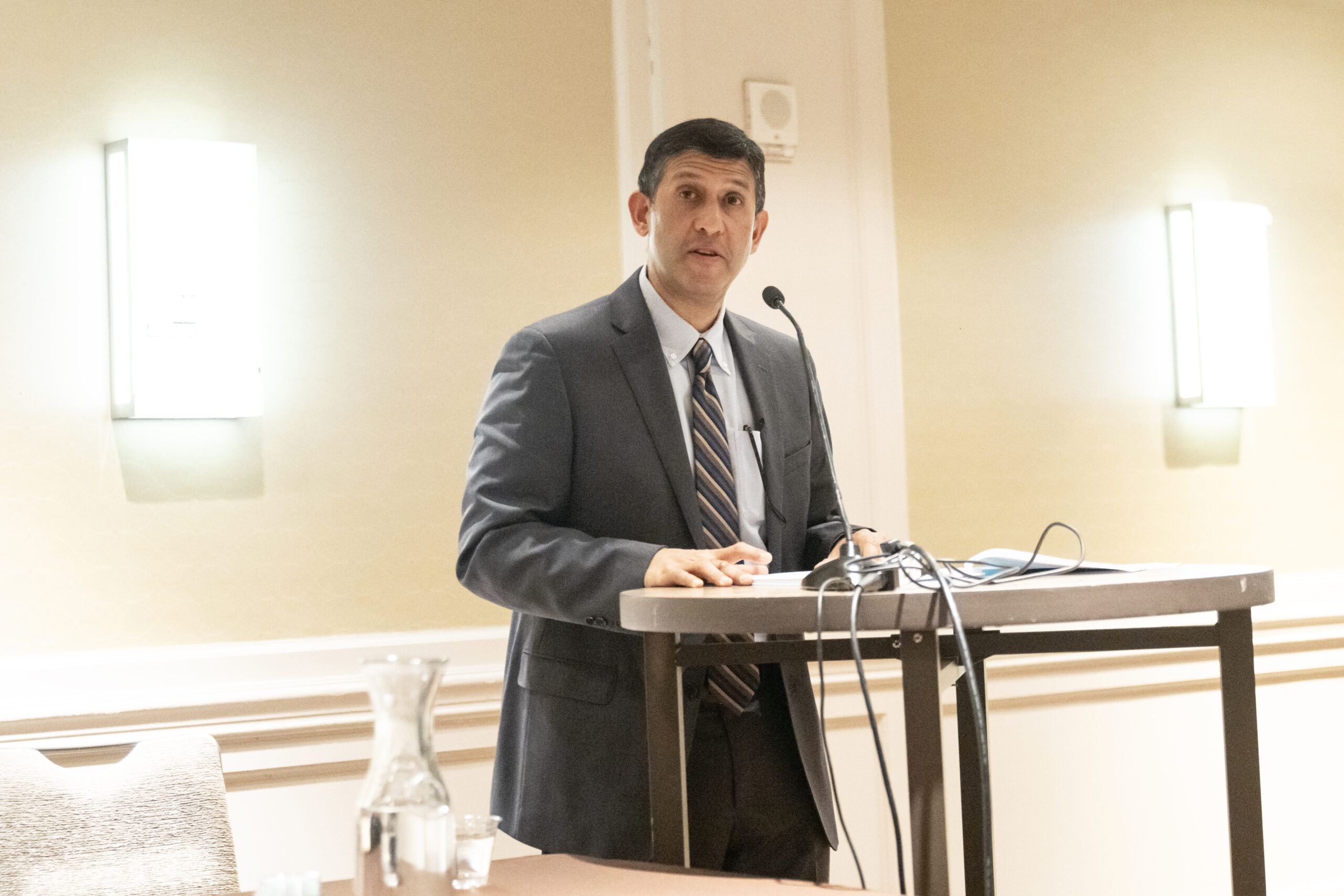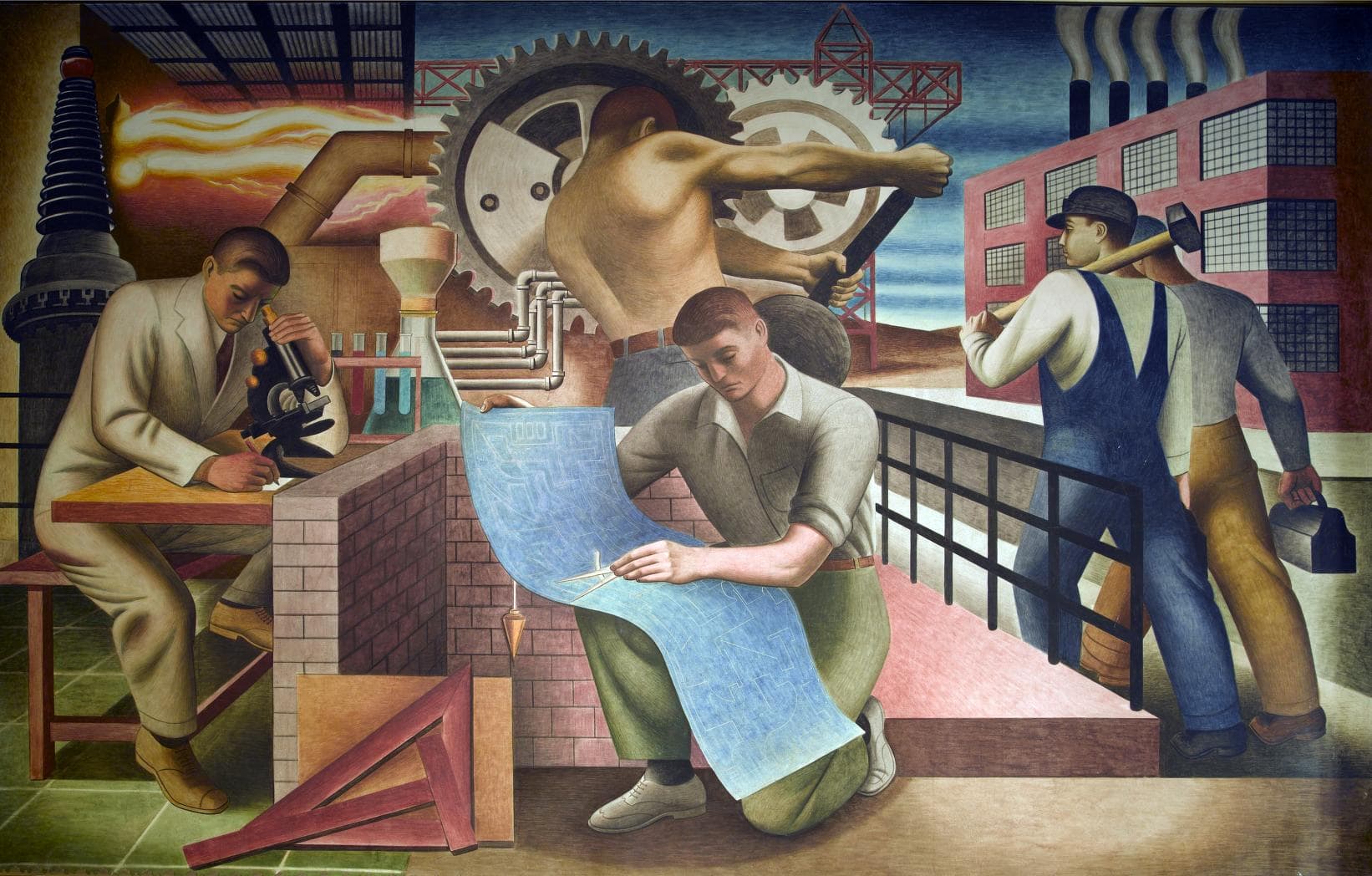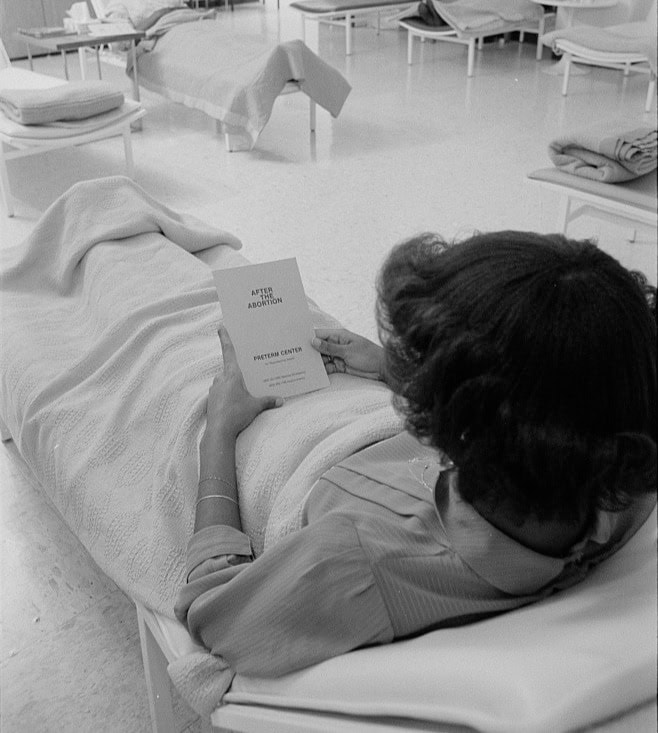Thoughtful people know that election soundbites and bumper stickers are not substitutes for reasoned debate about how we should allocate limited resources. As elected officials move from electioneering to governing, they will be called on not merely to cut budgets but to make choices that determine our collective future and to explain those choices to the American people. Fundamental questions will be raised as Congress sorts out its spending priorities. We would like to take this opportunity to identify some of the questions that are posed by federal policies regarding cultural institutions, especially the National Endowment for the Humanities (NEH).
Question one: What kind of society do we want to live in? Politicians and citizens alike thrive in a prosperous economy and in a free and just polity. These are surely elements of the kind of society to which we should aspire. Cultural in- stitutions provide critical supporting structures that allow pursuit of these goals. That contribution is often invisible; we often take it for granted. Yet even in economic terms, a free market cannot operate without “rules of the game” that are legitimized outside the market itself by commonly held values, values created and sustained by cultural institutions.
Quality of life, moreover, includes more than material or economic well-being. Any society worthy of the name offers a thriving cultural life and makes that culture accessible to the largest number of people possible. Imagination is ignited and creativity spawned by learning, appreciating, and becoming a part of our culture. We can come to understand differences among us, learn to empathize, identify the common good, and appreciate our commonalities by way of our cultural heritage. The authorizing legislation for the NEH and the National Endowment for the Arts put it well in 1965: It is only through the “great branches of scholarly and cultural activity” that “an advanced civilization” can “achieve a better understanding of the past, a better analysis of the present, and a better view of the future” (P.L. 89-209, Section 2, Declaration of Findings and Purposes, no. 3).
Question two: What benefits does our society receive because the NEH has been there to effect these crucial linkages? “Democracy,” the authorizing legislation noted, “demands wisdom and vision in its citizens” (no. 4). Informed public opinion, the most crucial element in a democracy, may have been the most tangible result when the larger public participated in “Project ’87” organized jointly by the American Political Science Association and the American Historical Association and partially funded by the NEH. Working with civic groups, schools, libraries, and local bicentennial commissions around the country, this project generated public discussion of constitutional history and of the ways constitutional principles apply to American society to day.
The training of future citizens is entrusted largely to our schools. Here, too, the endowment has played a special role in connecting K–12, teachers and postsecondary faculty for the sharing of knowledge, to the benefit of huge numbers of schoolchildren. Hundreds of summer seminars have been offered over the years, providing occasions for teachers to acquire new knowledge and to try out new approaches in support of the school reform movement. The true beneficiaries of these programs are, of course, our students—and, by extension, society at large. One project for foreign language teachers organized by Connecticut College, for instance, worked with 200 teachers and thereby reached over 20,000 students in each of the four years of the program. In the same period, these teachers made over 1,000 presentations to groups of fellow teachers, thus extending this multiplier effect even further. As an economic actor achieving extraordinary “bang for the buck,” the NEH has managed to benefit thousands and thousands of children across the country.
Similarly, the NEH’s support of research and teaching translates into new opportunities for college undergraduates. Critics tend to dismiss this audience as an “elite.” But studies have shown that access to college education, and the challenges presented by the need to think critically and to develop writing and speaking skills, strongly correlate with upward social mobility- a fundamental element identified in the practice of American democracy and a free market economy.
These examples rest on the creation of new knowledge. A unique and central partnership between the endowment and American universities enables scholars to devote time and undivided attention to this creation of new knowledge. NEH fellowships—for these scholars, as well as public historians and independent researchers—provide the mainstay of research support in the humanities and the humanistic aspects of the social sciences, because these scholars do not receive funding through the project-based research grants so common for scientists. A significant portion of fellowship support is provided by the NEH, compared with other (often private) funders. In 1991 an American Council of Learned Societies (ACLS) study found, for instance, that the NEH provided 64 percent of the available research support; the John Simon Guggenheim Memorial Foundation provided 18 percent; the ACIDS provided 10 percent; and the National Humanities Center, 8 percent. These figures suggest the extent to which intellectual and cultural contributions for the good of the larger society rest on a foundation of endowment support.
A recent finding that more Americans attend museums than sports events underscores the accessibility of our cultural heritage. No small reason for that accessibility is the ability of these institutions to parlay NEH funding into broader-based financial support drawn from individual contributors and private foundations, largely because the NEH’s endorsement prompts confidence by other lenders. The benefits of leveraging this federal investment can be most directly demonstrated by the Challenge Grant program, which requires $3 or $4 in gifts for every NEH dollar; in this program, more than $1.05 billion has been generated since 1965. The NEH also makes matching awards; another $307 million has been raised in one-time matches for specific humanities projects. These figures do not include the “cost sharing” contributions of grantee institutions, which usually range from 20 percent to 50 percent of total project costs.
This economic success underscores again the partnership strategy fostered by federal funding through the NEH. Perhaps the most dramatically successful federal/local partnership is the one developed over more than a decade between state humanities councils and the NEH itself. Indeed, uniting the councils—nongovernmental, nonprofit private agencies—with a federal agency brings direct and tangible benefits to the general public in every single state. Every federal dollar that goes to state councils is matched with at least another dollar. In addition, in both 1993 and 1994, state councils raised over $10 million from state and private contributions (from individuals, foundations, and corporations). Key to the success in the public programming mounted so ambitiously by these state councils is the harnessing of new knowledge created by scholars.
Beyond the creation of new knowledge, partnerships of federal agencies with educational institutions, museums, libraries, and archives also preserve our nation’s cultural traditions. In the “Brittle Books Program,” for instance, nearly one million books threatened with disintegration because they were printed on acidic paper have been preserved on microfilm since 1988. In the course of implementing this program, the NEH became a world leader in preservation; its program is a model now emulated by a number of other nations. Similarly, the NEH’s Newspaper Preservation Project, with programs in all fifty states, preserves the history of local communities as chronicled by 202,000 local papers.
Laura Ulrich’s experiences concretely suggest how assistance for a single scholar broadens out to benefit, time and again, members of the general public. Ulrich’s 1990 A Midwife’s Tale received support from the NEH early on. Charting developments in family life, pharmacology, sexuality, social relations, and economic exchange, the book offers a rare vision of historical change as experienced and interpreted by one remarkable woman. It won both the Pulitzer and Bancroft prizes, as well as two prizes from the American Historical Association Ulrich is moved, she says, by “a sympathy and appreciation of things that some other historians might dismiss as mundane,” an appreciation that has connected to the larger public through other NEH-sponsored projects, including the presentation of new scholarship on Maine’s colonial history, and the history of women in the town of Warner, New Hampshire, presented in an exhibition entitled, It Had To Be Done So I Did It.
Looking at this litany of accomplishment leads us to a final question: Could we survive without the endowment? Everyone’s life would be much impoverished in the absence of the NEH. In the same way that science research in this country would struggle without the presence of a National Science Foundation, so individual scholars along with members of the public would be forced to settle for far fewer opportunities. The biggest loser would be American society at large, and the democracy that ensures full participation by members of that society. For, as the authorizing legislation insisted, “the practice of art and the study of the humanities require constant dedication and devotion. While no government can call a great artist or scholar into existence, it is necessary and appropriate for a Federal Government to help create and sustain not only a climate encouraging freedom of thought and imagination, and inquiry, but also the material conditions facilitating the release of this creative talent” (no. 7). In short, the work of the NEH is fundamental to the health of our society. The NEH’s positive impact extends far beyond its modest budget, and its economic and cultural contributions deserve recognition through reauthorization.
Sandria B. Freitag is executive director of the American Historical Association; John Hammer is director of the National Humanities Alliance; Catherine E. Rudder is executive director of the American Political Science Association. Another version of this essay appeared earlier this month in the Chronicle of Higher Education.


